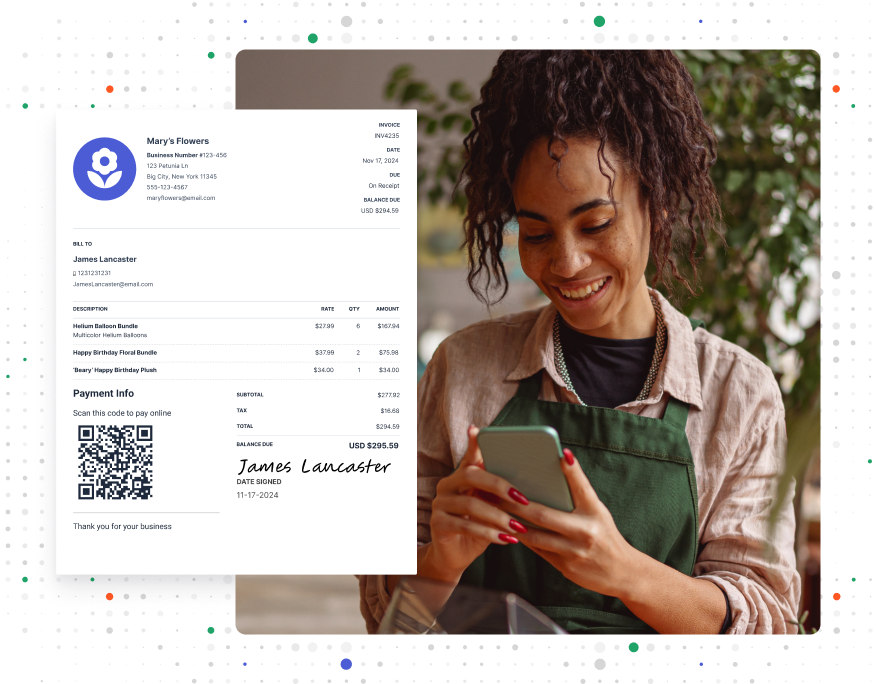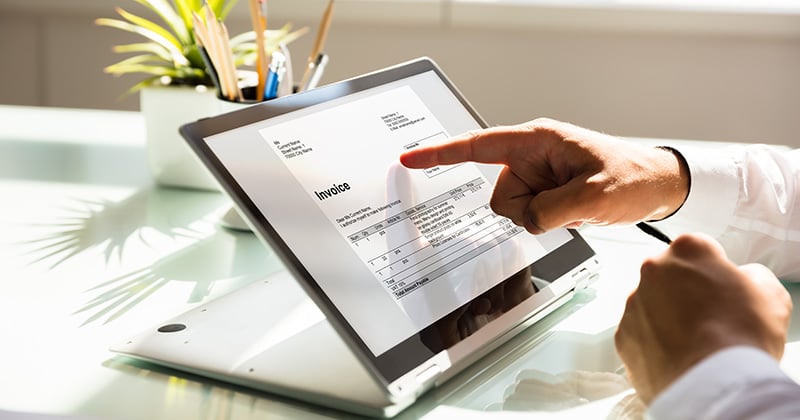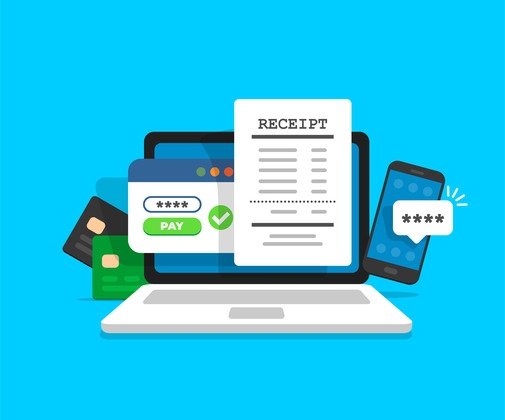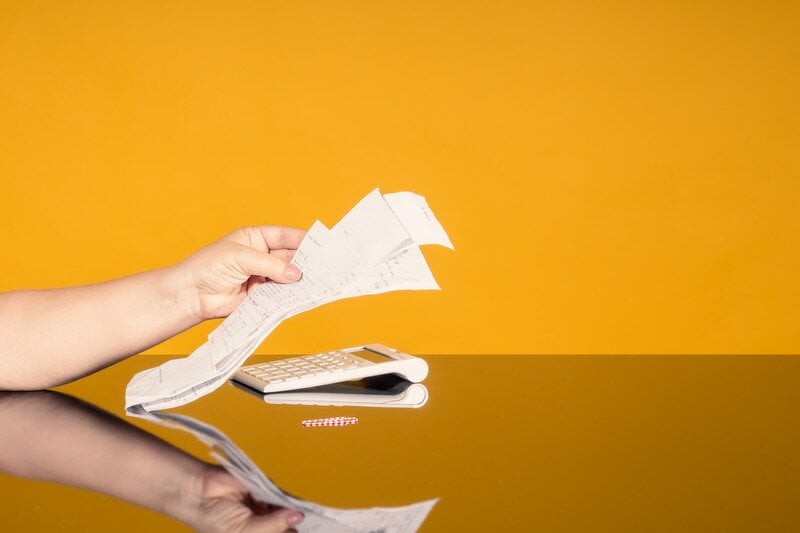How to Create Receipts for Your Small Business
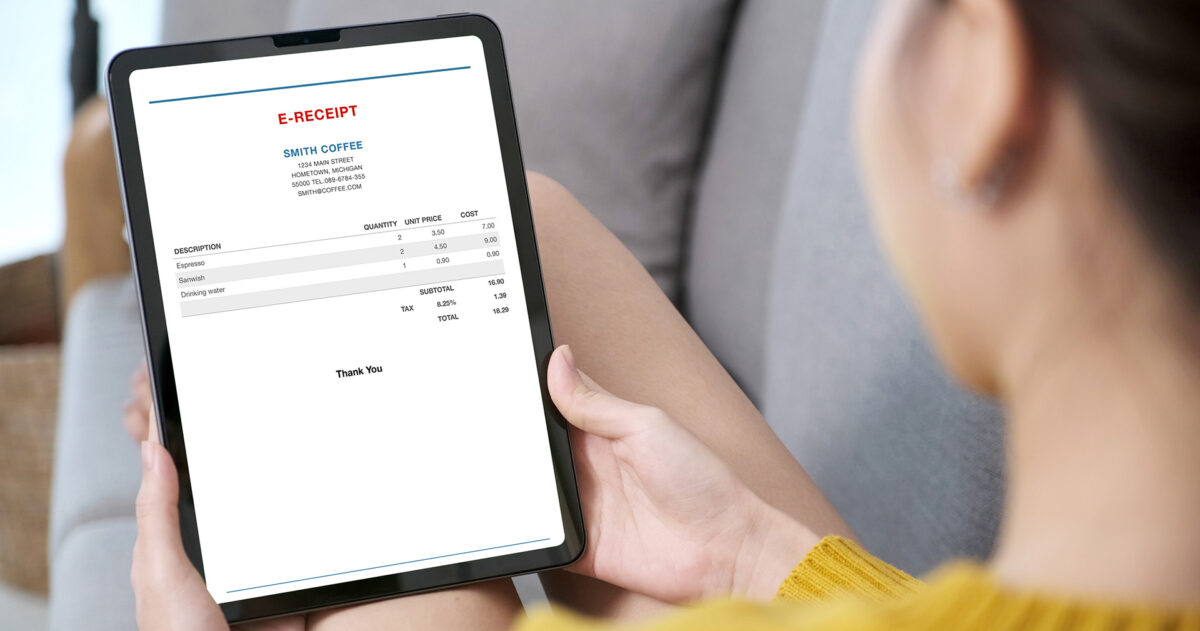
Running a business means doing about a hundred different things at once. Keeping track of who paid what? That’s just another checkbox on your to-do list.
Learning how to create a receipt can help you stay organized and protect your business. It doesn’t have to be tricky either—not with this guide holding your hand.
We’ll explain why receipts are important. Then, we’ll list the information you should include before walking you through the process step by step.
We’ll explore the time-saving benefits of templates and software before touching on the role of receipts in maintaining compliance. To wrap up, we’ll share some tips on getting started.
The Importance of Receipts for Small Businesses
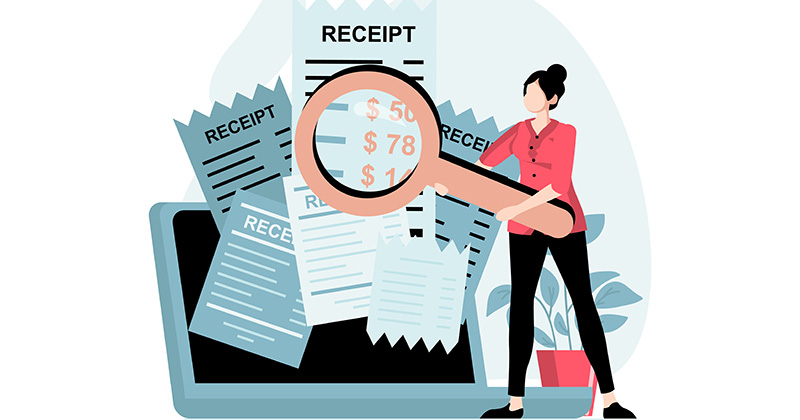
There’s a whole lot to keep track of when you run a small business. And tracking who has paid for what is just one of them.
That’s why receipts are important. They’re a record of payment. They include details like the amount paid and the date the transaction happened.
When it comes to business records, receipts offer clarity and accountability. They support business expense tracking, too.
Let’s say you purchase supplies for a big landscaping job.
A receipt shows exactly how much you spent, where you bought it, and when. This means when tax time rolls around, you have the proof you need to deduct that expense—without trudging through old bank statements.
Finally, receipts make your business look legitimate. It shows professionalism and builds credibility.
These characteristics win trust. Trust earns loyalty, and loyalty pushes up your earnings. According to business.com: “Customer loyalty is the lifeblood of startups and small businesses; it empowers them to differentiate themselves from the competition and flourish.”
Receipts matter to your customers as well. They have their own records to keep. They also want proof that they’ve paid in case a dispute comes up later—fingers crossed it won’t!
What Information Should Be Included in a Receipt?
Before jumping into the specifics of creating a receipt, let’s go through the key elements. Below, we’ve listed and defined the information you should include:
- Date: The exact date the transaction took place. This helps with recordkeeping and makes returns or disputes easier to sort out.
- Amount paid: The total sum the customer handed over, including taxes and fees.
- Payment method: How the customer paid, whether it was cash, card, bank transfer, or something else. If applicable, include the last four digits of the card used.
- Services or products: A breakdown of what was purchased, including quantities, descriptions, and prices.
- Unique reference number: A specific number assigned to the transaction. This enables you to track payments and match receipts to invoices.
RELATED ARTICLE: How to Write a Receipt of Payment: Best Practices
Step-by-Step Guide to Creating a Receipt
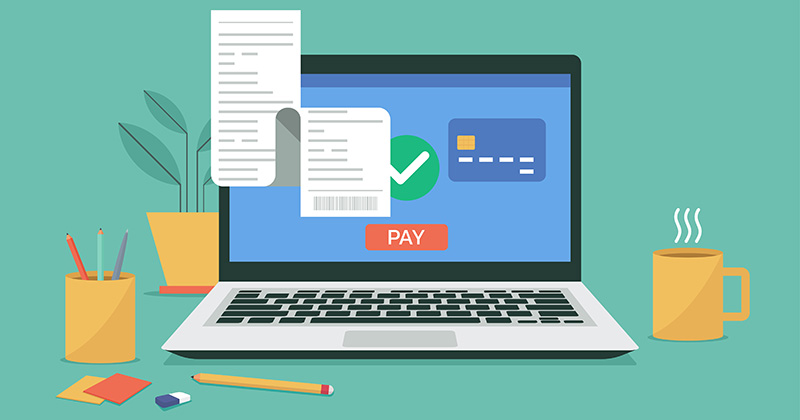
Without further ado, here’s how to write your very own receipts from scratch:
- Start with your business details. Write your business name, contact information, and logo (if you have one) at the top. This makes it look legitimate and easy to reference.
- Add the date. This is the exact day the transaction took place.
- Include the customer’s details. Write the name and contact info if applicable. This is especially useful for service-based businesses.
- List the items or services sold. Be specific—include descriptions, quantities, and prices to avoid confusion.
- Calculate the total. Add up all charges, including taxes and fees, and write the final amount paid.
- Specify the payment method. Cash? Credit card? Bank transfer? Noting this keeps records straight.
- Assign a receipt number. Give each receipt a unique reference number. This makes it easy to find later if needed.
- Write a simple “paid” statement. Something like “Paid in full” makes it crystal clear the transaction is complete.
- Add a “thank you” note. This is totally optional but can be a nice touch. Something short and sweet will do the trick!
- Sign it (if required). Some businesses like to add a signature or stamp for extra authenticity.
- Hand it over (or email it). Give the receipt to the customer and keep a copy for your records.
FROM ONE OF OUR PARTNERS: How To Write Thank You Letters to Customers: Templates and Tips
How to Use Invoice Templates for Fast, Professional Receipts
Templates are a huge time-saver for busy business owners like yourself.
They’re documents with pre-defined spaces for you to fill in. The structure’s there—all that’s left for you to do is input the details.
The benefits of using a template go beyond time-savings, too. A template:
- Makes your receipts look polished and professional. This reflects positively on your brand, bolstering your reputation and winning customer trust.
- Ensures consistency from receipt to receipt. This makes organization a breeze and finding specific transactions a whole lot easier.
- Reduces omissions. With a structured format, you’re less likely to forget key details.
Interested in giving a template a try? Start with Invoice Simple’s free receipt templates.
Streamlining Receipts with Software
Templates are a great way to reduce manual effort and give your receipts a pro finish. Software takes this to the next level.
Opt to use software like Invoice Simple, and you gain the following advantages:
- Quick and easy creation: Generate professional-looking receipts in seconds—no formatting headaches and wasted time.
- Send to clients in a few clicks: Email or text receipts straight from the platform so your customers get instant proof of payment.
- Better recordkeeping: Store all your receipts in one place. Tax season and financial reviews run a lot smoother.
- Streamlines business expense tracking: Scan and digitize receipts to keep tabs on your spending without paper clutter.
- Reduces human error: Automated calculations make typos or miscalculations a thing of the past.
Understanding Legal and Tax Implications of Receipts

Taxes, audits, and compliance are critical to the success and operation of your business. Receipts are an important part of meeting your obligations, too.
According to the IRS, receipts are a type of supporting document. Receipts contain the key details you need to record in your books.
Here’s what’s advised:
“It is important to keep these documents because they support the entries in your books and on your tax return. You should keep them in an orderly fashion and in a safe place.”
If you’re audited, receipts prove your reported income and expenses are accurate. This saves you from potential fines or penalties.
On your tax return, receipts help substantiate deductions. You can claim everything you’re entitled to without raising any red flags.
And when it comes to compliance, receipts show financial transparency. They put your business in good standing with tax authorities and regulatory bodies—and keep it there.
RELATED ARTICLE: How To Fill Out a Receipt Book: A Complete Guide
Getting Started with Invoice Simple for Your Receipt and Invoice Needs
To wrap up, here are four things you can do now:
- Check your receipts. Do they include all of the key elements listed in this article?
- Consider using a template to make the receipt creation process faster and more accurate. To start, give Invoice Simple’s Receipt Maker tool a go.
- Decide whether invoicing software is the right fit for you. Weigh the pros and cons, research providers, and calculate the potential return on investment (ROI).
- Get up to scratch with your tax and compliance obligations. Think about how you store and organize your receipts. Could you make any improvements?
Start Your First
Invoice Today
Create customized and professional
invoices and connect with clients
